In a machine vision system, a good lens is equivalent to having a good eye. A good industrial lens can be well reflected in resolution, sharpness and depth of field. It can correct all kinds of aberrations well, but at the same time, its price will be several times or even hundreds times higher. For the same lens, the image quality is different when the parameters are different. If we master some rules and experience, we will avoid some losses when we set up the system to select and purchase lenses, so that the system can achieve better results.
What is the relationship between industrial lens parameters?
1. The influence of focal length:
The smaller the focal length, the greater the depth of field.
The smaller the focal length, the greater the distortion.
The smaller the focal length is, the more serious the halo phenomenon is, and the illumination of aberration edge decreases.
2. The influence of aperture size:
The bigger the aperture, the higher the brightness of the image.
The larger the aperture, the smaller the depth of field.
The larger the aperture, the higher the resolution.
3. Image center and edge:
The resolution of general image field center is higher than that of edge.
The illumination of general image field center is higher than that of edge light field.
4. The influence of light wavelength:
The resolution formula of lens is lens resolution = 0.66 lambda/NA. Under the same camera and lens parameters, the shorter the light wavelength of the illumination source, the higher the resolution of the image. Therefore, in the vision system which needs precise size and position measurement, it is very important to use short wavelength monochrome light as illumination source to improve the accuracy of the system.
Product recommendation
TECHNICAL SOLUTION
MORE+You may also be interested in the following information
FREE CONSULTING SERVICE
Let’s help you to find the right solution for your project!



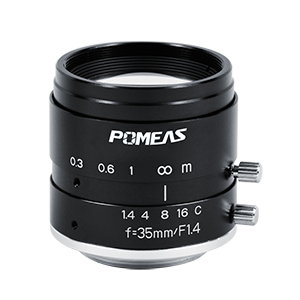
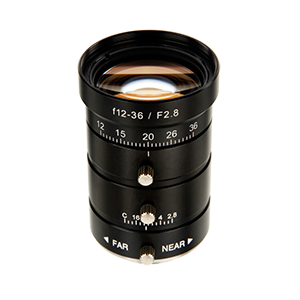
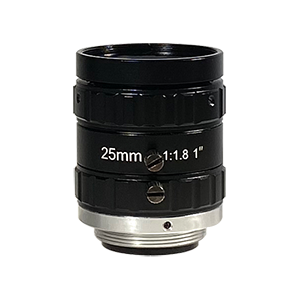
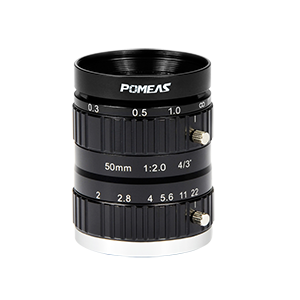
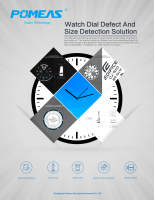


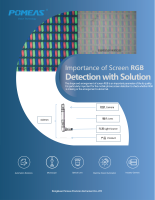
 ASK POMEAS
ASK POMEAS  PRICE INQUIRY
PRICE INQUIRY  REQUEST DEMO/TEST
REQUEST DEMO/TEST  FREE TRIAL UNIT
FREE TRIAL UNIT  ACCURATE SELECTION
ACCURATE SELECTION  ADDRESS
ADDRESS Tel:+ 86-0769-2266 0867
Tel:+ 86-0769-2266 0867 Fax:+ 86-0769-2266 0867
Fax:+ 86-0769-2266 0867 E-mail:marketing@pomeas.com
E-mail:marketing@pomeas.com
